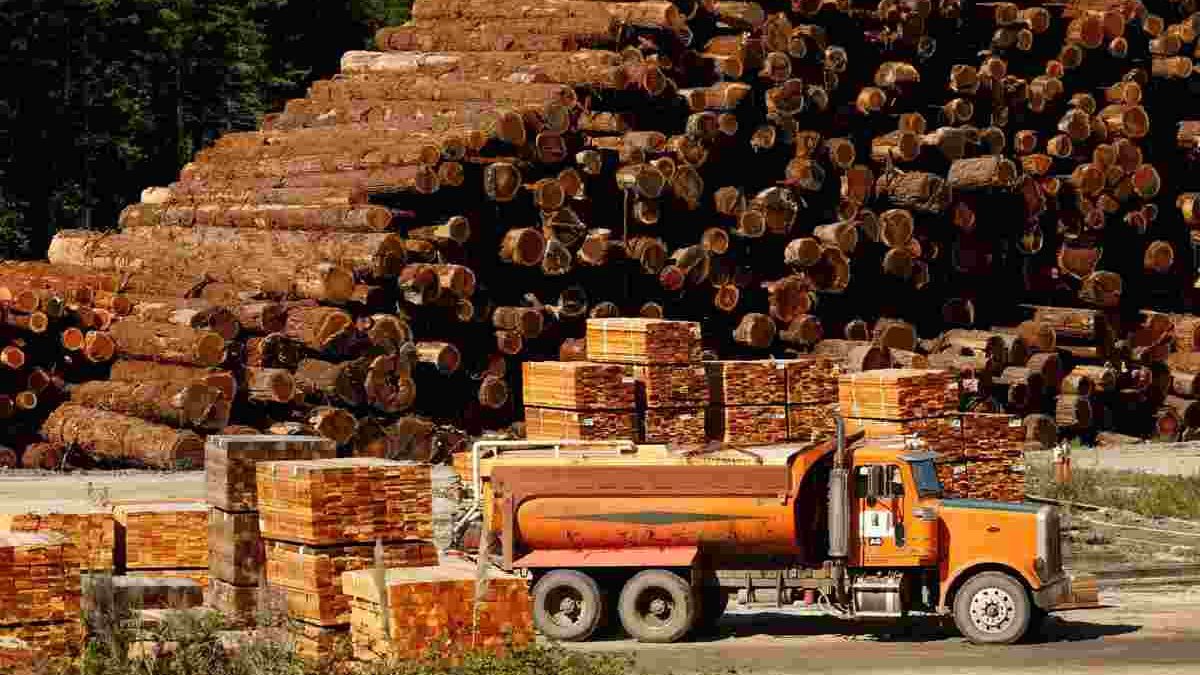In construction, knowing how to estimate lumber is very important. Whether you are a contractor or doing a DIY home project, understanding how much wood you need can save time, money, and effort. From building a house to making furniture, knowing how to calculate lumber is a useful skill. This guide will show you the basics of lumber estimating.
Table of Contents
Understanding Lumber Measurements
Lumber is usually measured in board feet, which is a piece of wood 12 inches long, 12 inches wide, and 1 inch thick.
When buying lumber, you’ll see nominal and actual dimensions:
-
Nominal dimensions: Size of the wood when it’s first cut
-
Actual dimensions: Size after the wood is processed and dried
Knowing the difference helps you plan more accurately.
Assessing Project Requirements
The first step is to plan your project carefully. Create a blueprint or drawing with all the measurements. Consider:
-
Type of wood
-
Wood grade (quality)
-
Special features or designs
Accurate planning makes it easier to know exactly how much lumber you need.
Calculating Lumber Needs
Break your project into parts, like studs, joists, or boards.
-
For linear pieces (like studs), add up all the lengths to get total footage
-
For flat pieces (like decking or plywood), multiply length by width to get total area
This will give you the amount of wood needed for your project.
Accounting for Waste
Construction always produces some waste from cutting and trimming. A good rule is to add 10-20% extra to your total lumber estimate. The exact amount depends on the project and your skill level.
Using Estimating Tools
You don’t have to calculate everything by hand. Tools like:
-
Online calculators
-
Smartphone apps
-
Software programs
These can help you figure out lumber needs quickly and accurately. Some lumber suppliers even offer estimating services.
Factors That Affect Lumber Estimating
Some things can change how much lumber you need:
-
Wood species: Different woods have different strengths
-
Grade: Higher-grade wood is better quality and more expensive
-
Moisture content: Wet wood can shrink as it dries, affecting dimensions
-
Market prices: Wood costs can vary over time
Adjusting for Special Considerations
Some projects need extra wood for safety, like:
-
Earthquake-prone areas (extra bracing)
-
Areas with heavy snow or wind (stronger support)
Always consider building codes and safety requirements when estimating lumber.
Reviewing and Refining Estimates
Estimating lumber takes practice. After a project, compare your estimate to the wood you actually used. This helps you improve your skills for the next project.
Conclusion
Learning how to estimate lumber is important for anyone building or creating with wood. By understanding measurements, planning carefully, calculating needs, accounting for waste, and using tools, you can save money and finish projects efficiently. With practice, you’ll become skilled at estimating lumber for projects of any size.

